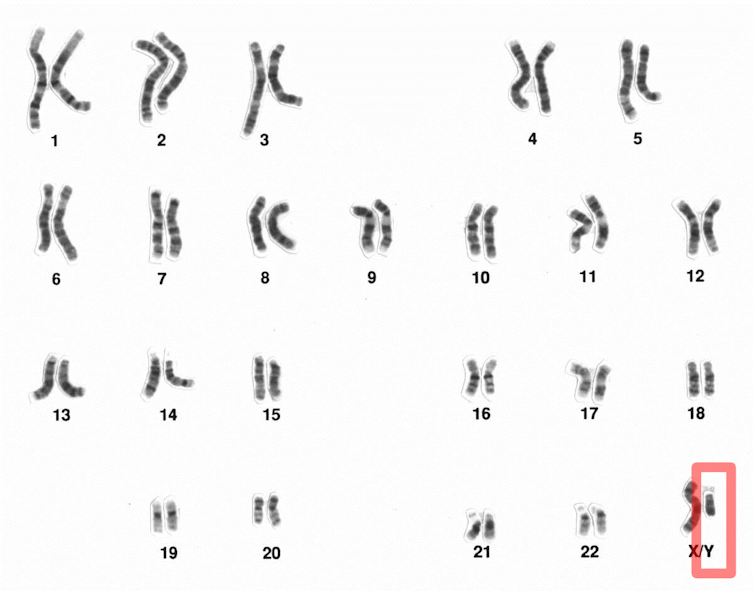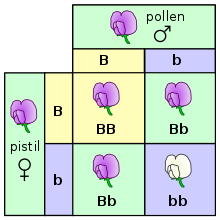Biological and Environmental Foundations
Textbook Ch 2
The beginnings of Ontogeny
- Everyone began life as a single fertilized cell (zygote) which contained our entire genetic code
- Each of us carries a “genetic code” from our parents
- This single cell then begins to divide…

Mitosis
- All body cells (except the sperm and egg)
- 46 chromosomes in 23 pairs
- Body cells reproduce by a process called mitosis
- (except sperm & egg - meiosis)
- During mitosis, the cell’s nucleus -including the chromosomes—duplicates itself and the cell divides
- 2 new cells are formed, each containing the same chromosomes, genes, and DNA as the original cell


Deoxyribonucleic acid (DNA)
- Chromosomes: thread-like structures made up of deoxyribonucleic acid (DNA)
- DNA is a complex molecule that has a double helix shape, like a spiral staircase, and contains genetic information
- Any 2 humans are 99.6% identical in their DNA!
- Vanishing influence of ancestry




"Adam" and "Eve"
- Y-chromosome Adam: ~120-156 thousand years ago
- Mitochondrial Eve: ~150 years ago
- Before human dispersion across planet
- Subsequent "bottle necks" may explain low genetic variance in humans

Genes & DNA
- Genes are segments of DNA
- ~20,000 genes in the humans
- Genes direct cells to
- reproduce themselves
- assemble proteins (100,000 in the body)
- Proteins: the building blocks of cells and life
- Regulators that direct the body’s processes (Mader, 2008)

Proteins, bro💪
- These 100,000 proteins, once produced, determine many physical characteristics
-
Genotype is translated into the Phenotype
- Environment
- Natural Selection: the phenotype which “fits” the environment will successfully reproduce, passing on the genotype

Patterns of Inheritance
-
Dominant and Recessive genes
- Punnett square
- Carriers
- Incomplete Dominance



Sex and intersex
- 23rd pair known as "sex chromosomes". XX/XY
- Y chromosome has sex-determining region Y (SRY) protein
- X-linked and y-linked
- XXY: Klinefelter syndrome
- XO: Turner’s syndrome
- XXX: Triple X syndrome
- XYY: XYY syndrome
- XX SRY-positive karyotype
- XY: Androgen insensitivity


Autosomal (Non-Sex) Chromosome Diseases
- Phenylketonuria (PKU): individual cannot properly metabolize phenylalanine, an amino acid
- Recessive
- Sickle-Cell Anemia: impairs the body’s red blood cells
- Recessive (not typical D-R expression)
- Huntington Disease: central nervous system degeneration
- Dominant

Studying impact of heritability
- Kinship Studies
- Identical and Fraternal twin studies
- Limitations
- Societal/environmental factors


How do Genes interact with the Environment?
Theories
- Reaction Range- Genes offer range of reaction to the environment

Theories
- Reaction Range- Genes offer range of reaction to the environment
- Canalization- restrict outcomes
- Gene-Enviro correlation
What if I told you, the environment can change genetic expression and inheritance regardless of genotype?

Tune in next time for epigenetics and prenatal development!
Biological and Environmental Foundations
By cypurr
Biological and Environmental Foundations
Textbook Ch 2
- 167



